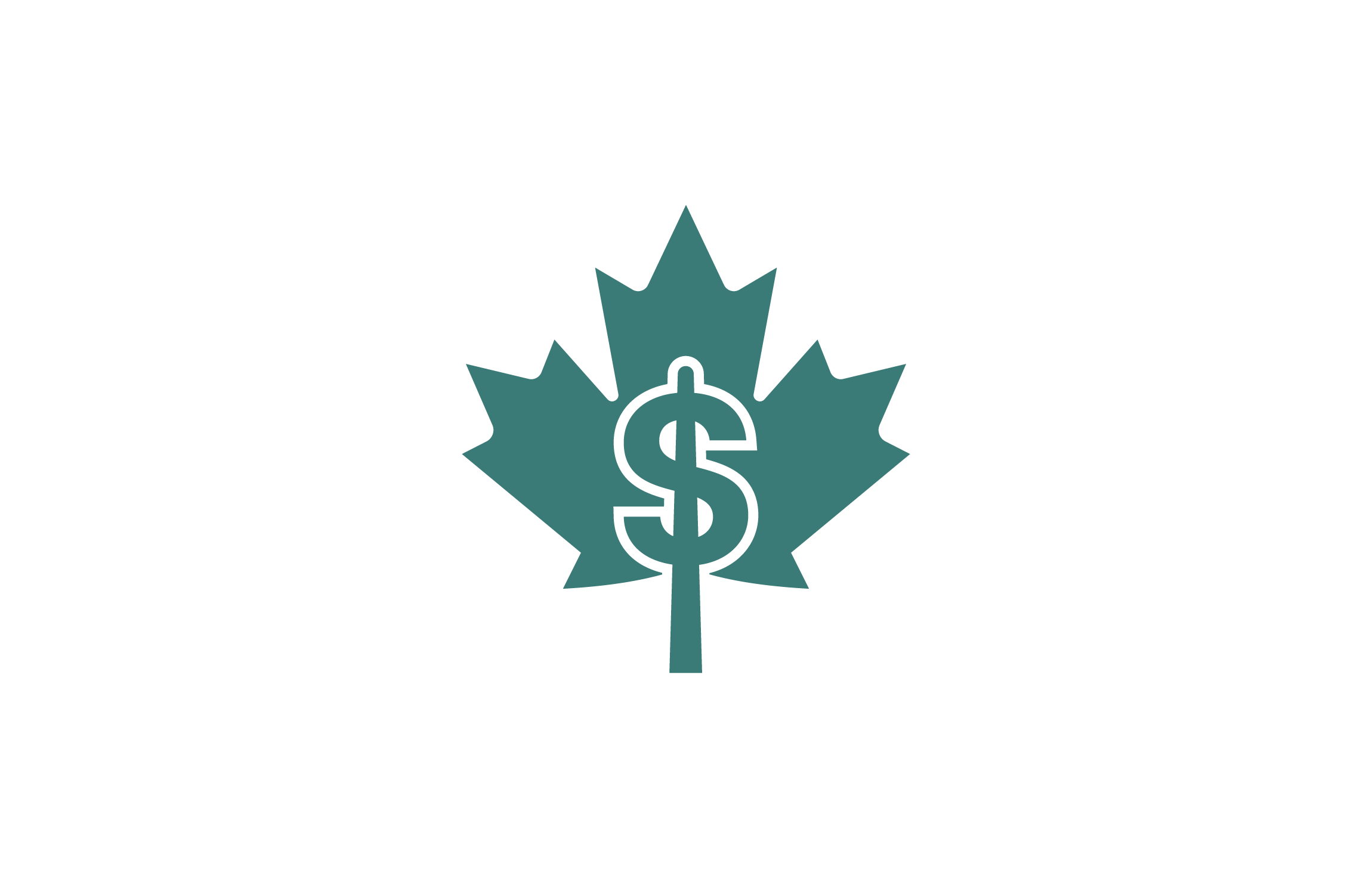Scotiabank mutual funds are known as Scotiafunds, and it’s a pooled investment product with investors partaking in the fund after investing their money.
Apart from mutual funds, Scotiabank also has a collection of investment products that include exchange-traded funds and other investable products.
Scotiabank is one of the Big Five Banks in Canada, and like the rest of them, offers a wealth of mutual fund products to customers. Scotiabank sits third among Canada’s biggest banks by market share, deposits, capitalization, and assets.
It is also one of the oldest Canadian banks, established in 1832. Since then, it has grown to become a multinational powerhouse offering a broad range of financial services worldwide.
How do Scotiabank Mutual FundsWork?
Scotiafunds are sold on the stock exchange, which exposes the mutual fund to market forces causing it to fluctuate. In this case, the fund manager, Scotia Global Asset Management, takes the investors’ contributions and uses them to create a portfolio of investable assets, including underlying stocks, bonds, shares, and other lucrative securities.
The profits obtained depends on the type of assets, and they may include capital gains, interest, and dividends. Some Scotiafunds may consist of investments like hedge funds, derivatives, and futures. Others might track a stock market index to recreate similar returns. It is pertinent to understand the mutual fund facts before investing your money.
Scotiafunds are also categorized into actively and passively managed funds. Actively managed funds mean the fund manager buys and sells the investable assets to meet the portfolio objectives. However, passively managed funds follow a stock market index to receive similar gains. Passively managed funds have the tag “index” attached to their name for easy recognition.
The difference between both funds boils down to the fund manager’s investment tactics. You are liable to pay a fee whichever fund you opt for, and these fees take a slice of your investment returns. Scotiabank has a comprehensive list of mutual funds, some of which are:
Popular Scotiabank Mutual Funds
Scotiafunds, just like any other mutual fund, are grouped into the following: Global, Bond/Income, Equity, Money Market, and Others, known as sector-specific and emerging markets funds. These funds have different investment objectives, risk levels, and fees.
Funds with higher risk exposure tend to make the most profits and vice versa. The mutual fund manager needs to answer satisfactorily any question the investor might have before recommending a Scotiafund. Below is a compilation of some popular Scotiabank mutual funds.
Scotia Canadian Balanced Fund
The Scotia Canadian Balanced Fund aims to balance earning income and to achieve capital growth in the long-term. The mutual fund invests in a suite of Canadian equity and fixed income securities.
It is a medium-risk fund with holdings that include Triple-A Banks like Toronto-Dominion and RBC, including top-tier companies like Power Corp. of Canada, VISA, Franco-Nevada, Microsoft, CP Railway, and Intact Financial Corp. The minimum investment is C$500 with a further C$25 in additional investments.
Highlights
- AUM: C$2.2 billion
- MER: 1.94%
- Three-year return: 4.88%
- Five-year return: 6.29%
Scotia Canadian Equity Fund
Equity funds usually seek long-term capital growth, and the Scotia Canadian Equity Fund is no different. It is a medium-risk fund that invests mainly in high-quality equity securities of top Canadian companies.
Among its top holdings include Onex Corp, Enbridge Inc, Broadwalk REIT, TD Bank, CN Railway, Intact Financial, and Power Corp. The fund is considered a medium risk with an initial investment of C$500 and an additional C$25 for subsequent investments.
Highlights
- AUM: C$262.4 million
- MER: 2.06%
- Three-year return: 5.30%
- Five-year return: 8.58%
Scotia Global Fund
This mutual fund aims to achieve a high level of regular interest income.
The Scotia Global Fund focuses on bonds in foreign currency denomination, including money market instruments issued by the three tiers of the Canadian government, foreign governments like the US, supranational entities such as the World Bank, and other foreign corporations.
It is a medium-risk fund with an entry-level investment of C$500 and C$25 in additional contributions.
Highlights
- AUM: C$17.09 million
- MER: 1.56%
- Three-year return: 4.58%
- Five-year return: 1.99%
Scotia Canadian Income Fund
The Scotia Canadian Income Fund’s investment goal is to provide regular interest income and modest capital gains. Some of its investments include bonds and treasury notes issued by Canadian federal, provincial and municipal governments and Canadian corporations’ money market instruments.
It is a low-medium risk fund with an initial investment of C$500 and subsequent contributions of C$25. Top holdings include the Gov. of Canada, Province of Ontario, Canada Housing Trust No.1, Province of Alberta, and Province of British Columbia.
Highlights
- AUM: C$729.8 million
- MER: 1.30%
- Three-year return: 4.70%
- Five-year return: 3.45%
Scotia Canadian Bond Fund
This Scotiabank mutual fund aims to achieve a steady income flow, including capital gains.
The fund has primary interests in high-quality securities issued by Canadian corporations and the federal, provincial, and municipal governments of Canada.
It is a low-medium risk fund with an entry-level investment of C$500 and C$25 in subsequent contributions.
Highlights
- AUM: C$121 million
- MER: 1.30%
- Three-year return: 4.38
- Five-year return: 3.04%
Scotia Canadian Bond Index Fund
The Scotia Canadian Bond Index is a popular equity index that’s currently tracking the S&P/TSX Composite Index, with direct investments in Shopify, CN Railway, Brookfield Asset Management Inc, Barrick Gold Corp, and Enbridge Inc.
It is considered a medium-risk fund with a minimum investment of C$500 and C$25 in additional contributions.
Highlights
- AUM: C$285 million
- MER: 1.00%
- Three-year return: 4.77%
- Five-year return: 8.28%
Scotiafunds that pay Dividends
Apart from the Scotiabank mutual funds mentioned above, there are other types of funds called dividend-paying funds.
These Scotiafunds often have less risk exposure than a global or equity fund and can provide better investment returns than a money market or bond fund. Investors who opt for dividend-paying funds often reinvest their dividends to purchase additional units.
Scotia Canadian Dividend Fund
Established in 1992, the Scotia Canadian Dividend Fund aims to provide a high dividend income level alongside long-term capital growth.
It prefers investing in an eclectic selection of preferred shares, including convertible and retractable shares of Canadian corporations. It is a medium-risk fund with an initial investment of C$500 and additional investments of C$25.
Highlights
- AUM: C$5.7 billion
- MER: 1.73%
- Three-year return: 4.59%
- Five-year return: 7.24%
Scotia Global Dividend Fund
This fund is a medium to high-risk fund that aims to provide a high total investment return. It focuses on equity securities in any company around the world that pays or can pay dividends, including other types of securities that distribute income.
Some of its top investments include Novartis, Microsoft, Medtronic Plc, Mastercard, Thales, Bayer, CK Hutchinson Holdings, and Koninklijke Phillips. The minimum initial buy-in costs C$500, and additional investments cost C$25.
Highlights
- AUM: C$257.8 million
- MER: 1.79%
- Three-year return: 4.08%
- Five-year return: 4.87%
How to Invest in Scotiabank Mutual Funds
1. Consult a Mutual fund Advisor
It is not advisable to buy Scotiabank mutual funds without using a licensed mutual fund manager. You can purchase Scotiafunds through a mutual fund professional licensed to sell Scotiafunds in your area.
Although not every bank professional is authorized to deal in mutual funds, the Scotiabank employees permitted to do so may only sell Scotia funds. Find out if your fund manager is licensed to sell mutual funds by consulting the Canadian Securities Administrators.
2. Map out your Investment Goals
Ensure you ask the mutual fund advisor any questions you might have and ensure you’re thoroughly satisfied before opting for a Scotiafund. The mutual fund manager will determine your risk level and investment style before recommending you a mutual fund.
This fund might be a single fund or investment portfolio designed to meet specific investment goals. Ask all the questions you have before committing an investment.
3. Invest Your Money
You can invest in a Scotiafund by setting up automatic payments through your bank account into your investment account. Another alternative is to make a single large contribution. Most mutual funds have a minimum contribution required for investment, and you need to digest the mutual fund facts with your fund advisor.
Scotiabank has an online interface that allows you to monitor your investments. The bank also provides investors with quarterly, semi-annual, or annual performance statements. You can also sign up for a self-directed investment account that puts you in charge of your mutual fund portfolio.
This option allows you to make your buys and sells to be processed by Scotia Global Asset Management. Be mindful only a particular set of funds qualify for this offer.
4. Stay Focused
While Scotiafunds are some of Canada’s best mutual funds, they are still subject to fluctuations caused by the stock market. These fluctuations may affect your investment returns, so think in the long-term.
If you have niggling doubts about your Scotiafund, talk to your mutual fund advisor. You can decide to change your fund direction, withdraw all your money, and buy the RBC mutual funds.
However, it can take up to 48 to 72 hours to cash in your funds, except you have a money market fund that operates like a cash account.
Note of Caution
It is possible to lose all your money in a mutual fund, and the CDIC does not back Scotiafunds. Ensure you know what you’re getting into before buying into a mutual fund.
FAQs
What is a reasonable rate of return for a mutual fund?
A reasonable return rate is 8%-10% for a stock mutual fund and 4%-5% for a bond fund.
Is Scotiabank Good for Investing?
Scotiabank is one of the Big Five Canadian banks and one of Canada’s best banks. It is a financial conglomerate that is worth your investment.
What are the Best Scotiabank Mutual Funds?
The best Scotia funds for you depends on your risk tolerance and style of investment.
*The information provided in this article does not constitute financial advice, and past fund performance is not an indicator of present or future investment returns. The information on this page is subject to change, and it is in your best interest to check out the current Scotiafund pages for the latest news.












